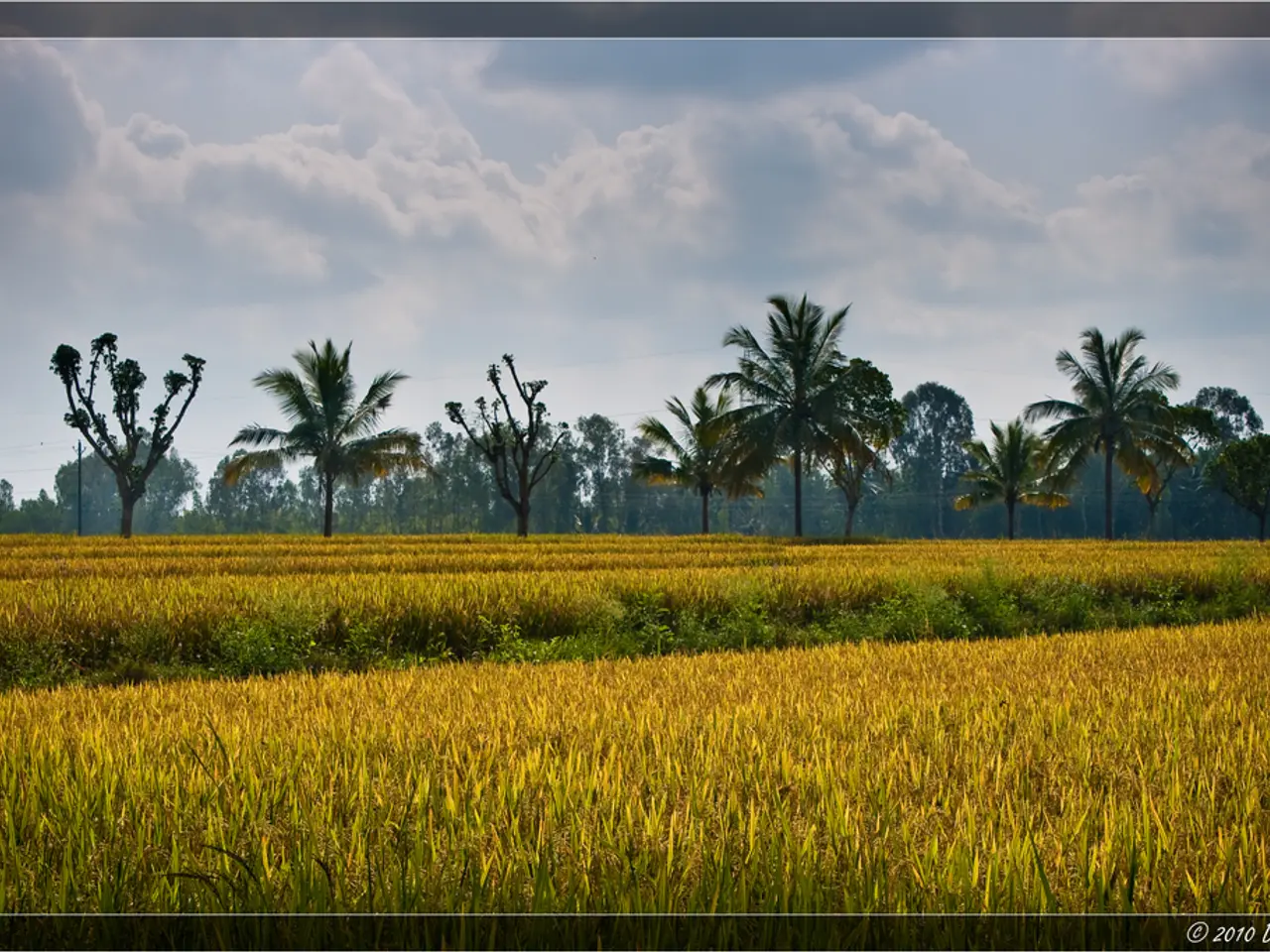Top Fall Harvest Choices for Your Area
With the arrival of autumn, it's time to consider planting cool-season crops that thrive in the milder temperatures and shorter days. The best fall crops vary by region due to differing climates and frost schedules, but generally, fall favors cool-season vegetables such as leafy greens, root vegetables, and brassicas.
Here's a summary of recommended fall crops for different U.S. regions based on USDA zones and climate considerations:
Southwest & Southern California (Zones 8–10) - Long growing season - Minimal frost risk - Fall like a second spring
Best Fall Crops: Lettuce, spinach, bok choy, cilantro, radishes, peas; succession planting every 2–3 weeks
Southeast & Gulf Coast (Zones 8–11) - Mild fall/winter - Extended growing season - Little frost risk
Best Fall Crops: Collards, peas, mustard greens, turnips, carrots, broccoli, herbs; leafy greens and root crops thrive
Zone 7–8 (e.g., Mid-Atlantic, parts of the South) - Moderate fall temps - Possible frost - Cool weather crop growth
Best Fall Crops: Leafy greens (lettuce, spinach, kale, arugula, collards), root vegetables (carrots, beets, radishes), brassicas (broccoli, cabbage), herbs (cilantro, parsley), garlic, onions
Zone 9–10+ (Warmer zones) - Cooler fall temps ideal for cool-season crops - Main growing season
Best Fall Crops: Lettuce, spinach, kale, Swiss chard, carrots, beets, radishes, turnips, cabbage, broccoli, cilantro, garlic, onions
Zone 3 (Cold climate, short growing season) - Short, cool fall - Potential early frosts
Best Fall Crops: Kale, salad greens (spinach, arugula), radishes, turnips, Asian greens, kohlrabi, collards, mustard greens, cilantro, broccolini, carrots, beets; consider cold frames for root crops
Common best fall crops across regions include: - Leafy greens: Lettuce, spinach, kale, arugula, mustard greens, collards, bok choy - Brassicas: Broccoli, cauliflower, cabbage, Brussels sprouts - Root vegetables: Carrots, beets, radishes, turnips, kohlrabi - Herbs: Cilantro, parsley, dill - Other: Peas (snap and snow), garlic (planted in fall for spring harvest), onions, Swiss chard
Regional Tips: - Hotter areas (like Southwest and Southeast) benefit from succession planting and some shade early in the fall to protect seedlings from residual summer heat. - Cooler areas (zones 7–8, 3) can often grow cool-season crops into winter with minimal protection; use cold frames or row covers for root vegetables. - Zones with frost risk should plant cold-hardy crops like kale, collards, and root vegetables early enough to mature before heavy freezes.
To maximize productivity and crop quality through cooler months, consider investing in products designed for fall gardening such as the Year-Round Cold Frame, the 3 x 6 Raised Garden Bed Mini Greenhouse Kit, and various Natural Cedar Raised Garden Beds with Trellis, Natural Cedar Elevated Planters, and more. For composting needs, the Jora JK270 Composter offers a capacity of 9.5 cubic feet to help enrich your soil with nutrients.
[1] [Source 1] [2] [Source 2] [3] [Source 3] [4] [Source 5]
[1] [Source 1] - Detailed guide to fall gardening for different regions. [2] [Source 2] - Expert advice on selecting the best fall crops based on USDA zones. [3] [Source 3] - Comprehensive list of fall crops suitable for various climates. [4] [Source 4] - Tips for growing cool-season crops in cooler regions. [5] [Source 5] - Information on fall gardening in cold climates with short growing seasons.
Adopting a sustainable lifestyle during the fall season can emphasize home-and-garden projects like implementing raised beds for growing cool-season crops. Utilizing raised beds as a part of your gardening routine offers an opportunity to maximize productivity and crop quality by providing optimal growing conditions for various greens and root vegetables, such as lettuce, spinach, kale, and carrots.




